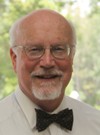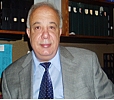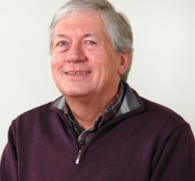Comparative Study between Mohindra Retinoscopy
and Subjective Refraction, in Young Adults with
Accommodative Excess
Volume 2 - Issue 3
Cátia Almeida1, Andresa Fernandes1* and Amélia Fernandes Nunes1,2*
-
Author Information
Open or Close
- 1Clinical and Experimental Center of Vision Sciences, Universidade da Beira Interior, Portugal
- 2Center for Research in Health Sciences, ubiMedical, Universidade da Beira Interior, Portugal
*Corresponding author:
Amélia Fernandes Nunes, Center for Research in Health Sciences, Universidade da Beira Interior, Portugal
Received:September 09, 2019; Published:October 15, 2019
DOI:
10.32474/TOOAJ.2018.02.000140
 Full Text
Full Text
 PDF
PDF
To view the Full Article Peer-reviewed Article PDF
Abstract
Purpose: The aim of this study was to compare the results of three refractive techniques: Autorefractor (AR), Mohindra
Retinoscopy (MR) and Monocular Subjective (MS) and study the differences between the results of Mohindra Retinoscopy and
Monocular Subjective test, in subjects with accommodative excess.
Methods: The refractive measurements were taken with the open field AR (Grand Seiko WAM-5500), the monocular
subjective refraction and MR, and measures of accommodative flexibility and Monocular Estimated Method (MEM) were also taken,
in 85 right eyes of 85 healthy university students. (22.3±2.4 years).
Results: Statistically significant differences were found on the spherical equivalent for the three techniques, with the Friedman
statistical test (N=85; χ_F^2=42.771; p<0.0001). The MR is the technique that provide more positive results and the AR the most
negative. Regarding astigmatic components there was no statistically significant differences found between the techniques, with
de Friedman statistical test. Data were also analyzed based on accommodation function and there were no statistically significant
differences found between subjects with accommodative excess and subjects with normal accommodation, for the spherical
equivalent (N=74; H=1.785; p=0.410), and for J0 component (N=74; F=0.948; p=0.392), with the Kruskal-Wallis statistical test.
Conclusion: These results revealed significant differences between the three refractive techniques in young adults,
independently of accommodative state. The open field AR overestimated some degree of accommodation during the refractive
measurements and the MR was the technique that presented more positive results, even in subjects with normal accommodative
function. Regarding astigmatic components, all the techniques provide similar results.
Keywords: Mohindra retinoscopy; accommodative excess; monocular subjective refraction; refractive state; university students
Abbreviations: Accommodative Excess (AE); Visual Acuity (VA); diopters (D); Monocular Estimation Method retinoscopy (MEM);
Autorefractor (AR); Mohindra Retinoscopy (MR); Monocular Subjective (MS); Monocular Accommodative Facility (MAF); Early
Treatment Diabetic Retinopathy Study (ETDRS); Minnesota Low Vision Reading Test (MNREAD); spherical equivalent (SE)
Abstract|
Introduction|
Methods|
Results|
Discussion|
References|











.png)
.jpg)






